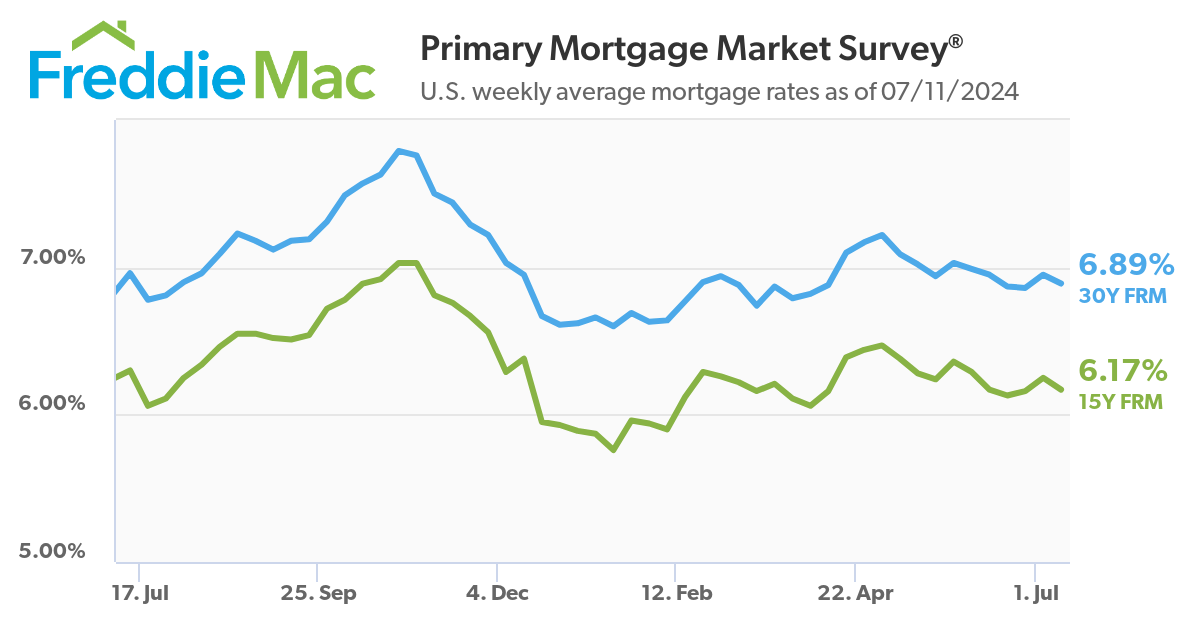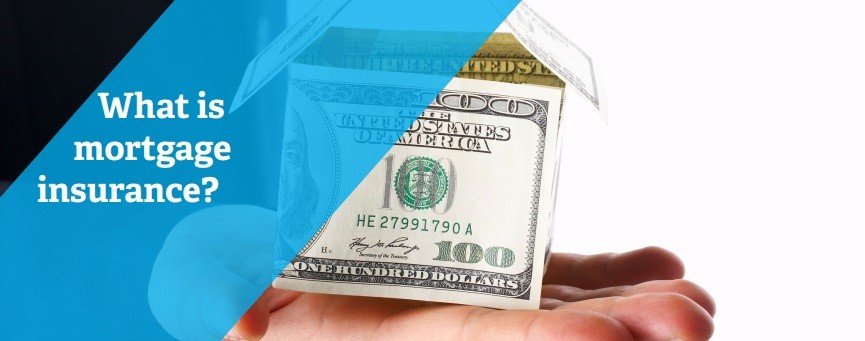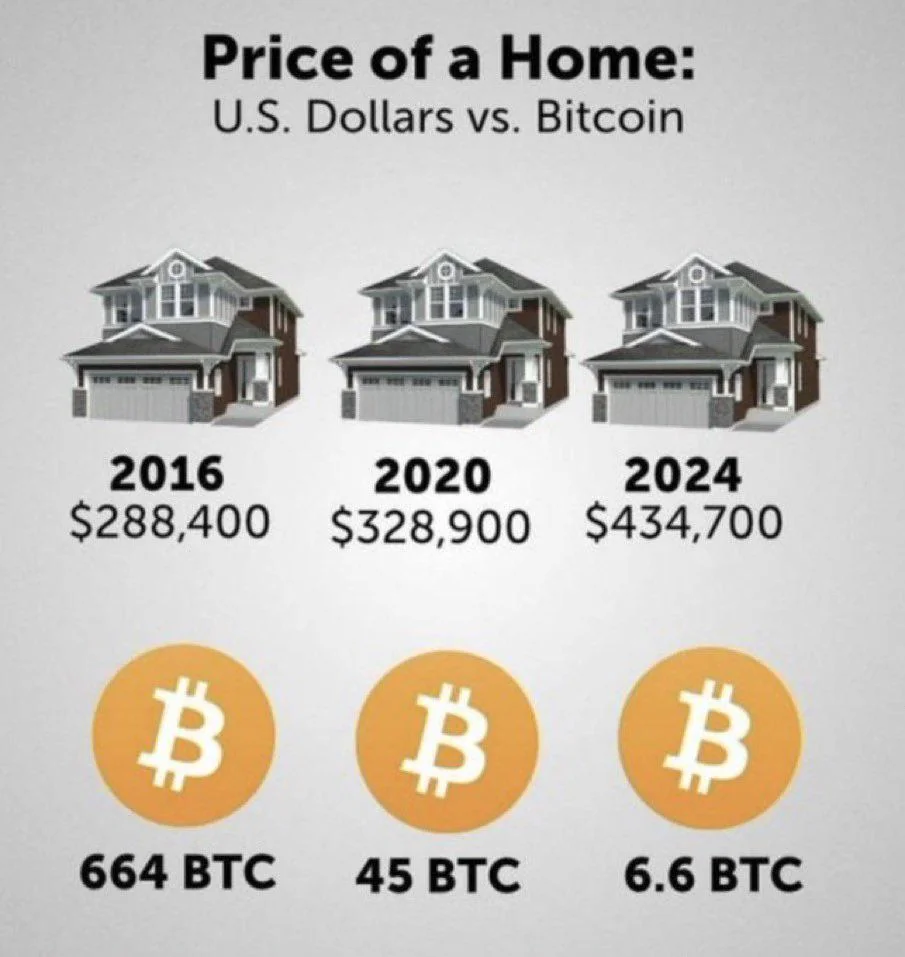An Automated Valuation Model is a software-based tool that uses statistical modeling and a database of existing properties and transactions to calculate the value of a residential or commercial property. It is similar to a real estate agent’s comparative market analysis (CMA), which compares the values of similar properties at the same time.
However, unlike a CMA, an AVM uses data provided by the user, as well as existing data, to automate and streamline the process, and the results are only as good as the data available.
How does it work?
An AVM uses a wide array of publicly-available and user-submitted data, such as property type, size, general location, and comparable sales data (when available), to provide an immediate value estimate. This data is then analyzed using mathematical or statistical modeling and a combination of existing databases to estimate property value.
Types of AVMs
There are two main types of AVMs: Comparables Based AVMs and Hedonic Models.
- Comparables Based AVMs select comparables for each individual valuation based on the characteristics of the property to be valued. They operate similarly to how an appraiser would work when valuing properties through the sales comparison approach.
- Hedonic Models try to isolate the impact of individual property characteristics in the form of pre-calculated parameters. They do not select comparables based on the individual property to be valued, and the valuation result cannot be traced.
Advantages and Limitations
AVMs have several advantages, including:
- Time-saving: AVMs can provide an estimate of a property’s value in a matter of seconds, without the need for manual effort.
- Objective: AVMs are objective, as they are based on data, which increases the accuracy and reliability of the valuation.
- Cost-effective: AVMs can be more cost-effective than traditional appraisal methods.
However, AVMs also have some limitations, including:
- Limited data: AVMs are only as accurate as the data available, and may not take into account unique property characteristics or local market conditions.
- Inaccurate estimates: AVMs may produce inaccurate estimates if the data is outdated, incomplete, or incorrect.
- Lack of physical inspection: AVMs do not consider the condition of the property when estimating its market value, which may not be entirely accurate.
Overall, AVMs are a valuable tool for real estate professionals, investors, and lenders, providing a quick and cost-effective way to estimate the value of a property.
Hi folks,
If you are going to be selling your home in the near future or are just curious about its value in today’s market, give me a call or use the button below. I will email you a comprehensive market analysis of your home. There is no obligation on your part and it is totally free.
My phone number is 760.476.9560.
What is my Home WorthNot ready to move yet but want to keep an eye on your homes value, I have a monthly update that is customized to your home and neighborhood. Click the link below to see what is included in the report and to sign up:
Monthly Update

